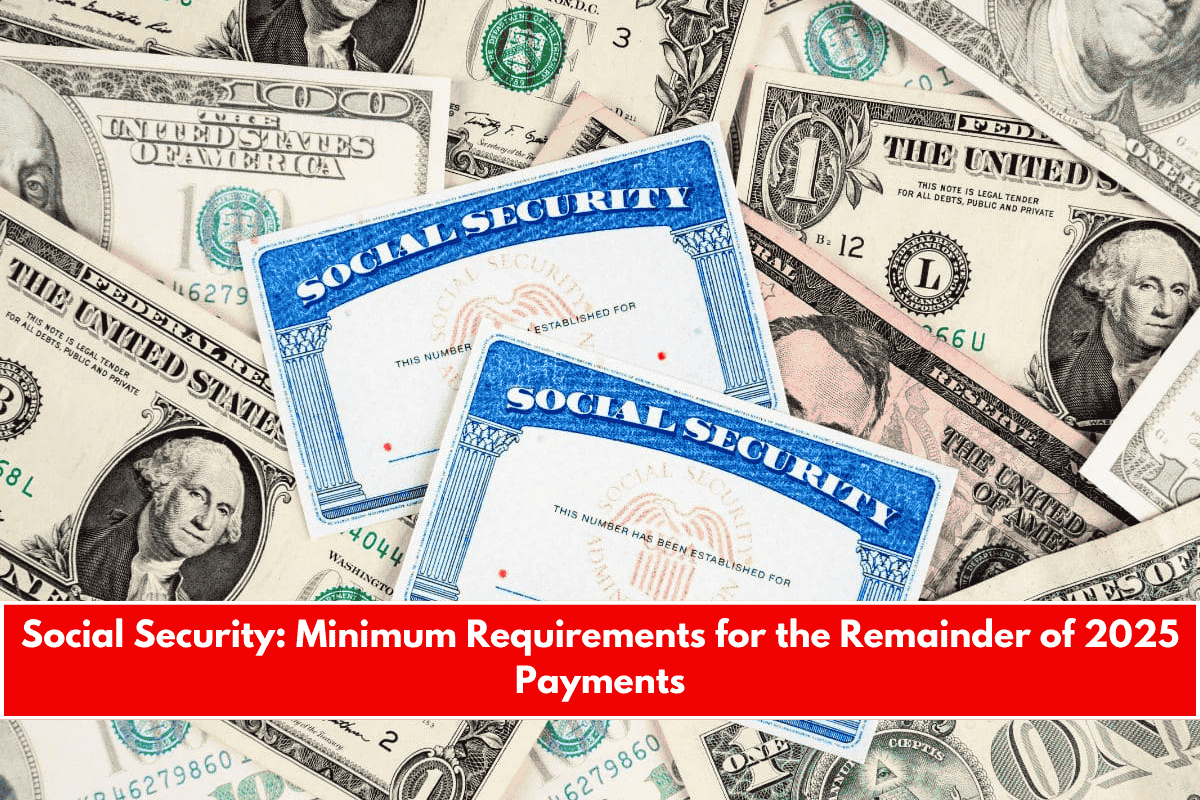If you’re planning to retire in the United States and collect Social Security retirement benefits, it’s important to know the rules. Not everyone qualifies for these monthly checks, and even if you do, the amount you get will depend on your work history, age, and income.
In 2025, the rules for Social Security are still the same as in previous years, but many people are not fully aware of what they need to do to receive the best possible retirement payment. Let’s take a look at what’s required, who can apply, and how to increase your monthly Social Security check.
Who Can Get Social Security Benefits in 2025?
Although most U.S. citizens can eventually receive Social Security, you must meet certain minimum requirements to qualify. If you meet only the basic conditions, you may get a smaller payment, so it’s often a smart idea to wait before applying.
Basic Requirements to Qualify:
- You must be at least 62 years old
- You must have worked for at least 10 years and earned 40 work credits
These work credits are based on your income and are used to calculate your eligibility. You don’t have to work for 10 years in a row—non-continuous work still counts. But if you haven’t met these requirements, you’ll have to wait or consider other financial support options.
How Are Work Credits Calculated?
In 2025, the basic rule stays the same: you earn 1 work credit for a certain amount of wages (this amount is adjusted each year). You can earn up to 4 credits per year, and you need a total of 40 credits to be eligible for retirement benefits.
This means that 10 years of work is usually enough to qualify—but not enough for a large benefit. So, while you may get a check, it might not be enough to cover all your expenses.
How to Maximize Your Social Security in 2025
To get a higher monthly check, you’ll need to plan carefully. Here are three key ways to increase your Social Security benefit:
1. Work for at Least 35 Years
The Social Security Administration calculates your benefit based on your highest 35 years of earnings. If you’ve worked for less than that, they’ll add zeroes for the missing years, which brings down your average and reduces your payment.
2. Delay Your Retirement Age
While you can start collecting benefits at 62, doing so comes with a big cost—you could lose up to 30% of your full benefit amount. Waiting until your full retirement age (usually 66 or 67 depending on your birth year) or even up to age 70 will give you a much larger monthly payment.
3. Earn a Higher Salary
The more money you make during your working years, the more taxes you pay into Social Security. That means you’ll receive a higher retirement benefit later. So, higher earnings over time = a bigger check.











Leave a Reply